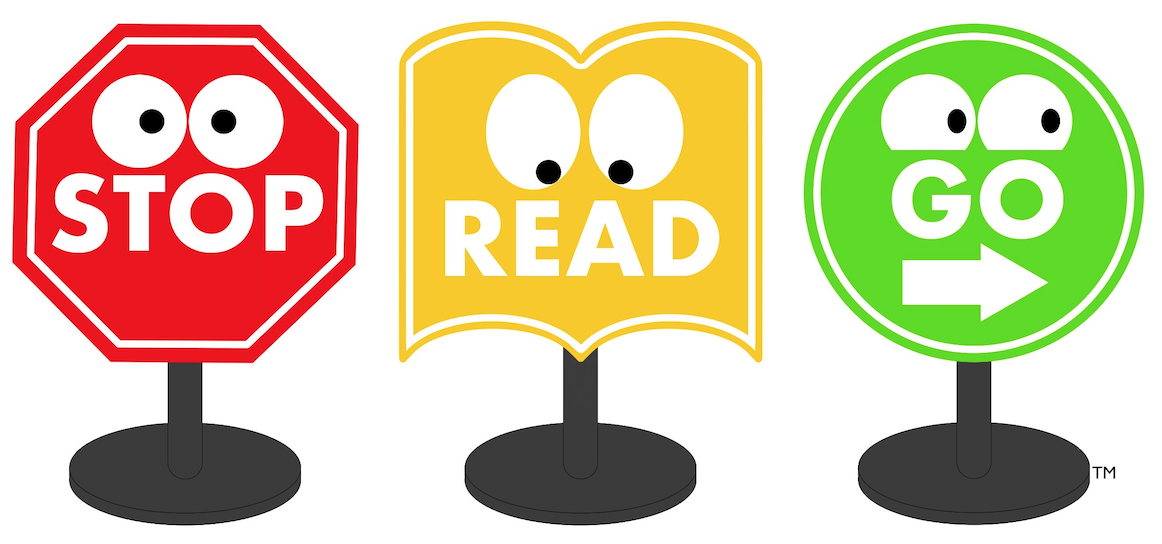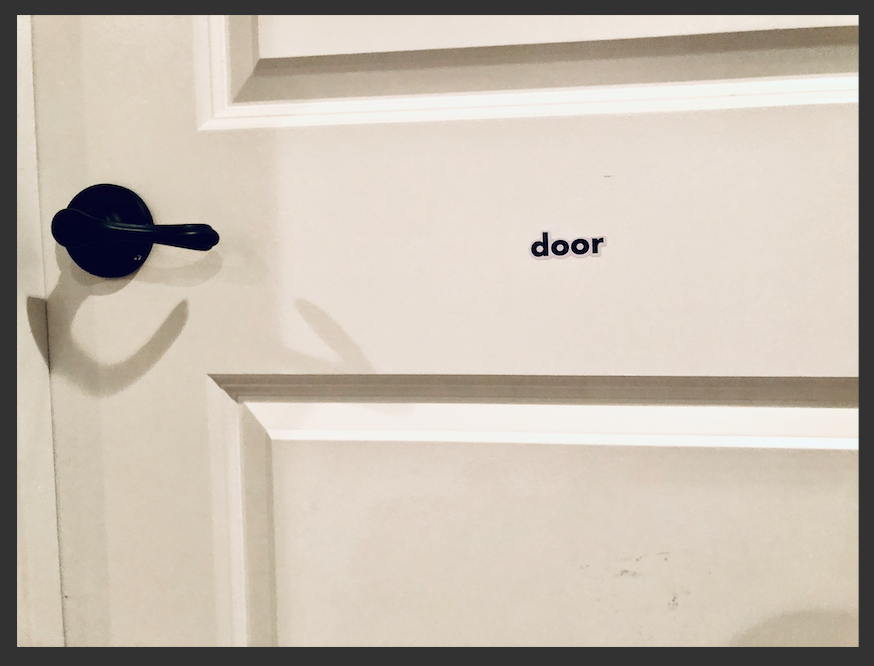Anyone who has tried learning a second language as an adult knows is an enormous challenge. No matter how many classes you’ve taken, you can never be at the level of a native speaker of that language. But we all know that children, as young as toddlers, can pick up any language with ease, especially if they are surrounded by native speakers of that language (called Immersion).
Toddlers can not only hear the different sounds and speech patterns of any language they are surrounded by, but they can also imitate the exact sounds and intonations. They can easily switch between the two languages and know exactly with whom, when and where to use each language. All this, without requiring any formal instruction or teaching.
They don’t necessarily learn the language because they want to, but because they have to. They see it as a need for survival and to accomplish a task or to communicate their needs and desires. They see learning a language (whether it is their first or second language) as a tool that everyone around them uses and that they need to imitate. However, they do all this, unconsciously and instinctively.
Their little brains (from ages 0-5) are hardwired to absorb information in large amounts. They swallow it whole. They might be picky eaters, but not picky learners! But as children grow, their brains begin to streamline the amount of information they receive and the amount of information they actually retain.
At about 5 years of age, children also become self-conscious and start to realize that other people are able to judge them, not only by their appearance but also by their actions. This has an impact on their learning acquisition and their sensitivity to making mistakes.
Both of these (the streamlining and the self-consciousness) make it that much harder to learn a new language. If you start teaching them a second language after 5 (not by immersion, but by direct instruction), it will not only take longer, but it also requires a more conscious effort in the part of the child and might even require an artificial reward/punishment method to make kids learn it.
Why?
Because if they were not exposed to a second language before 5, they either don’t see a need for it (since they were able to survive until now with just the 1 language) or they just go through the motions just to please the teachers or parents and to get a good grade or to not be punished. Obviously, their brains are still capable of learning the new language after 5, but unless they see a true need for it (such as immersion in a different country), they will simply see it as a checkbox item.
The natural desire, need and ability to learn a second language diminishes with time if they are not exposed to it on a daily basis. By the time, a person regains the natural desire to learn a second language, the natural ability to learn it is long gone.
Ok, enough about learning a second language! That is not what this post is really about.
This post is about treating “reading” as if it were a second language.
Learning to read is simply learning a language in its written form (Written Language).
If you start teaching them to read after 5 (not by immersion, but by direct instruction), it will not only take much longer, but it also requires a more conscious effort in the part of the child and might even require an artificial reward/punishment method to make kids learn it. It is no wonder why so many children struggle while learning to read during the elementary school years and lack the motivation and desire to read as they grow up.
However, if we surround little children with the written language (immersion) and use it every single day in ways they can easily understand the words’ meaning and usability, then they will unconsciously learn it without much effort, similar to the way they learned to speak.
From 0-5 is when they have the ability to learn language (any language, including the written one) at an exponential rate without any formal training, simply through their everyday life and activities.
For example, a child learns to say the word “door” because he/she hears you say that word every day in conversation. You say “close the door” or “open the door” or “knock on the door” or “don’t slam the door” and so on. Your child can not only see the door, but touch the door and hear the door as it opens/closes.
The very first time your baby heard the word “door” probably went in one ear and out the other. But the fact that the word “door” is said almost every day in your household or even outside of it, and is part of his/her sensory experience, your child was able to learn that word without you having to even spell it!
Same thing happens when learning a second language thru immersion. If you say the word “puerta” (pronounced pwehr-tah, which means door in spanish) every single day while you open/close/walk by the puerta, then your child will seamlessly learn the word “puerta” and understand its meaning without you having to translate it.
So how can we make that same child learn the written word “door”?
Well, just put a label with the word “door” on the actual physical door. If your child sees that word every time he/she passes by that door or uses the door, and YOU are always nearby to point and say the word aloud, then he/she will start to recognize and read that word in no time.
Also, read lots of books with your child, read everything around you and every place you visit, so your child can see the words in multiple contexts and situations. Basically, you want to show them that the word “door” is found in other places, not just in his/her room.
So instead of teaching your child to read via direct instruction, try immersing your child into the written language by labeling their world, reading about the world, and experiencing the world while they still have a natural need, desire and ability to learn the language.
This is why I’m such an advocate for children to start learning to read as toddlers. So that by the time they enter kindergarten, they already have a strong baseline of the written language and appreciate the act of reading, not as a checklist item, but as a necessary tool to accomplish a greater goal.
Don’t forget to check out my other BLOG posts for more tips and inspiration and my SHOP for some unique products to help you teach your child to read!
P.S: I know you can’t possibly label everything, especially words that are not objects or nouns. But you can still expose them to those other words (verbs, adverbs, prepositions, etc) by reading books to them and pointing at each word as you read it aloud to them. The idea is to expose them to as many written words as possible on a regular basis so they can learn to associate them with the sounds they hear and the objects they see. If they can learn to say “open the door” without any formal instruction then they can also learn to read “open the door” without any formal instruction.


